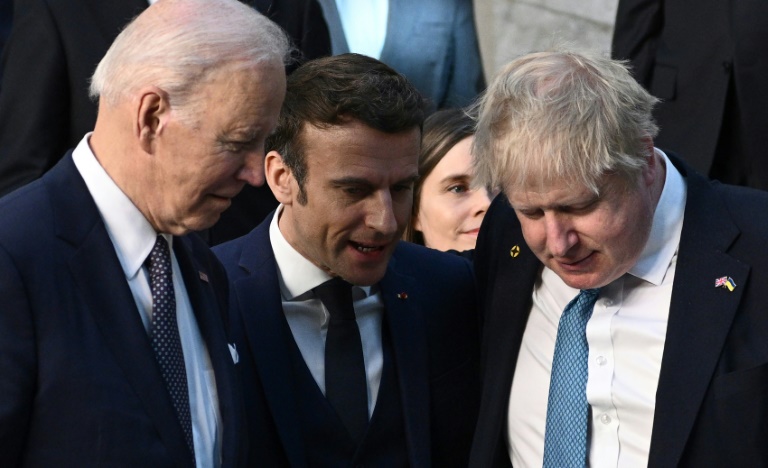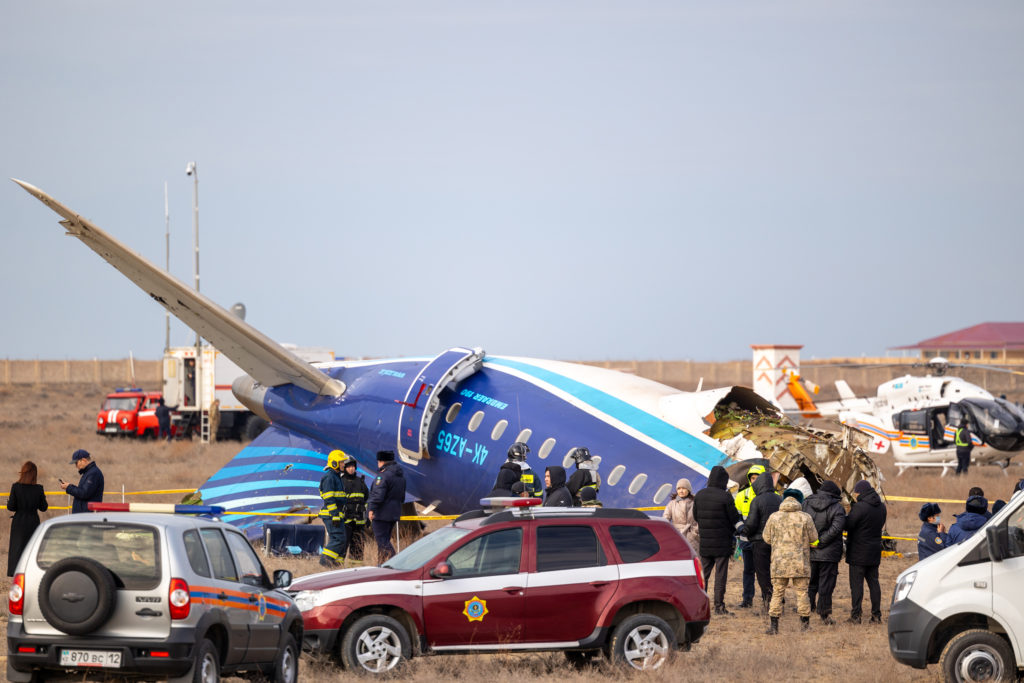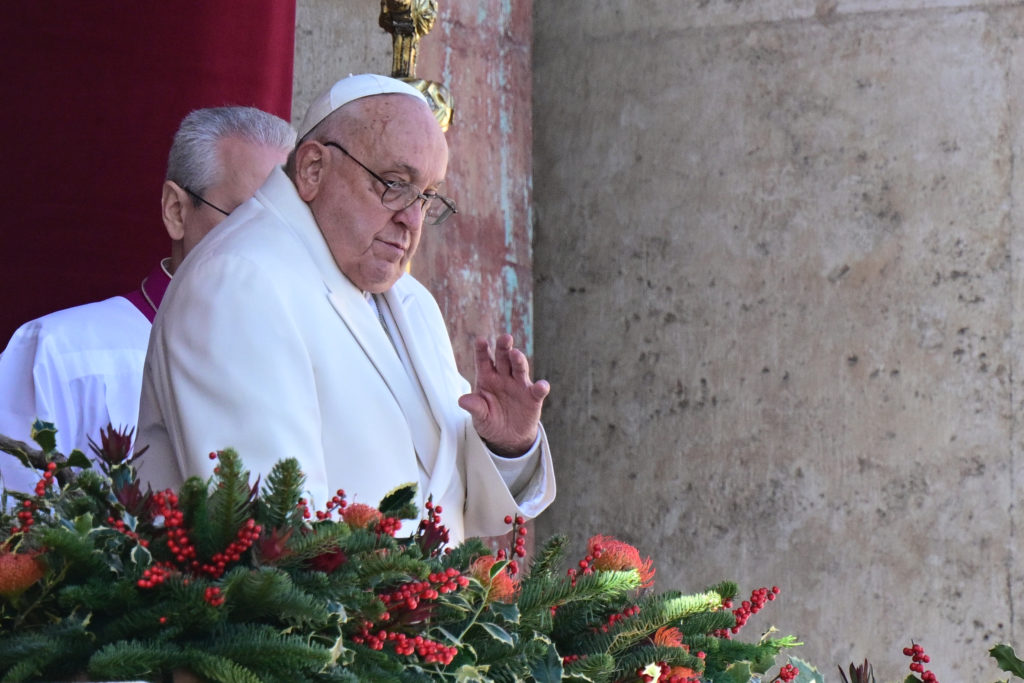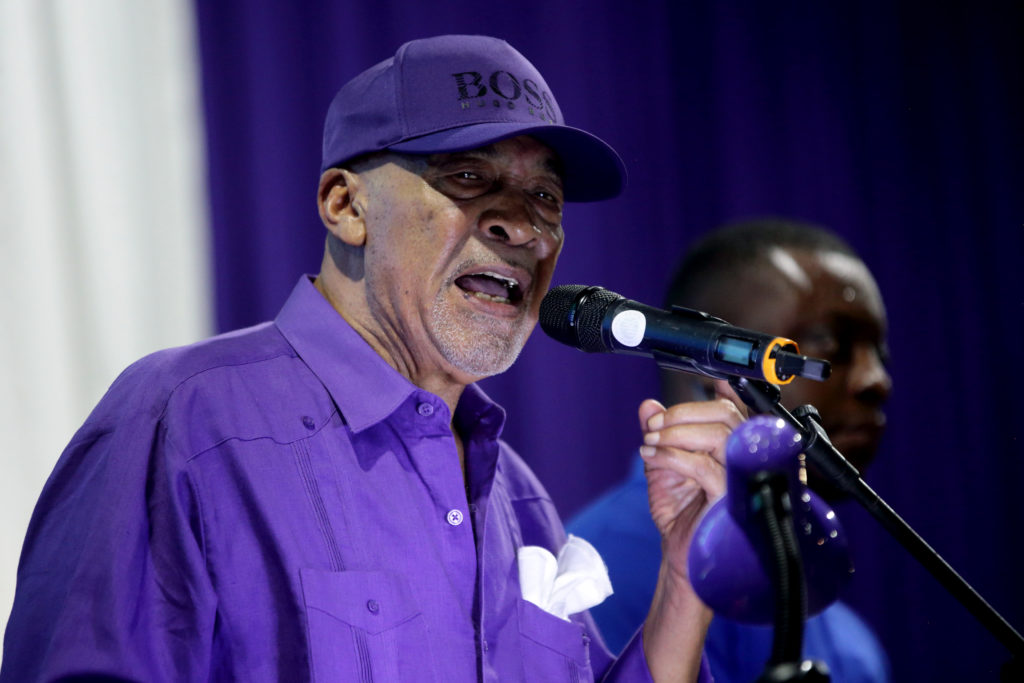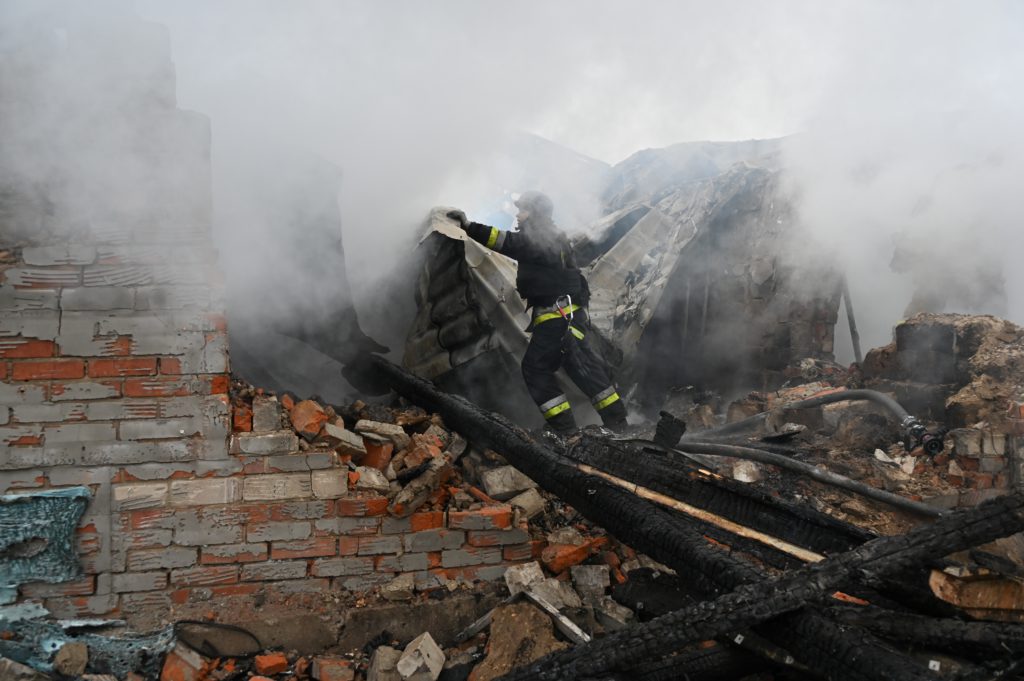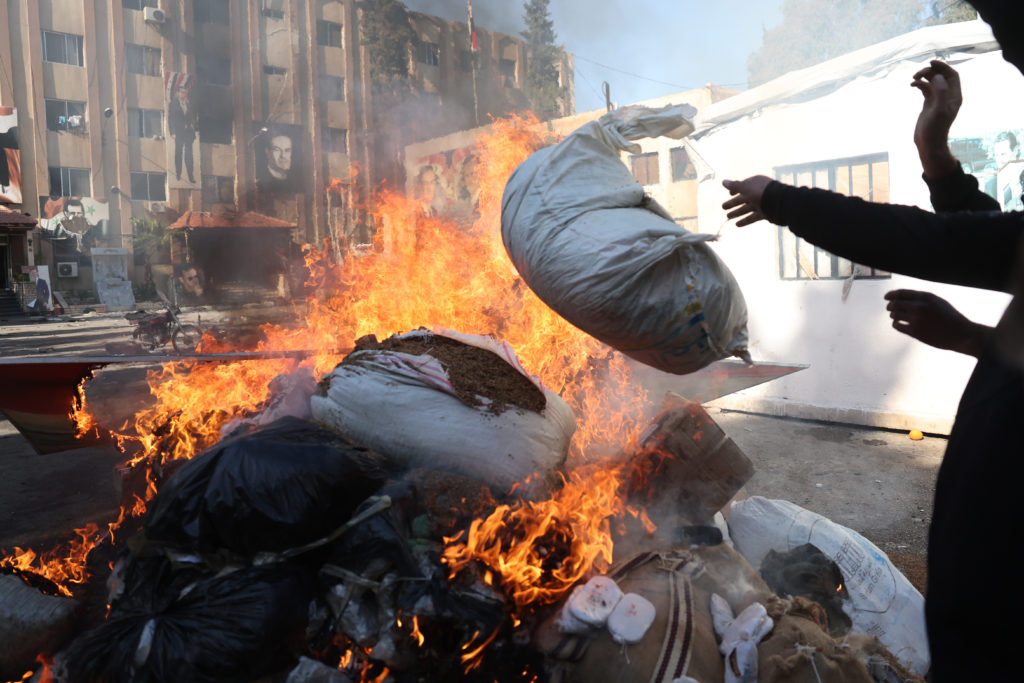The United States and allies upped the pressure on Russia over its invasion of Ukraine at summits in Brussels Thursday, warning Moscow its costs will keep rising the longer the war continues.
Washington unveiled fresh sanctions on Russian lawmakers and defence contractors, and outlined a push by the G7 to freeze Russia out of international organisations and to cut it off from its gold reserves.
US President Joe Biden was the central figure of the summits, which gathered, in succession, the 30 NATO member countries, the G7 powers and then the EU’s 27-nation bloc.
Ukraine President Volodymyr Zelensky also participated by videolink. He pleaded with NATO leaders to send his forces weapons “without restrictions”.
“The alliance can still prevent the deaths of Ukrainians from Russian strikes, from Russian occupation, by giving us all the weapons we need,” he said.
NATO has repeatedly ruled out Kyiv’s demand that it impose a no-fly zone and said it would not send forces into Ukraine for fear of nuclear-armed Russia escalating and expanding the conflict.
But the alliance stresses Kyiv’s right to self-defence and its promise to keep supplying it with weapons.
Notably, the US said it and allies were discussing sending anti-ship missiles to Ukraine.
NATO chief Jens Stoltenberg insisted the alliance was “determined to continue to impose costs on Russia to bring about the end of this brutal war”.
He warned Russia against mounting any chemical attack in Ukraine — and said the alliance has activated “chemical, biological, radiological and nuclear defence elements” for allied forces in eastern Europe.
NATO has already rushed tens of thousands of extra troops to its eastern flank in the wake of the invasion, and leaders launched four new “battle groups” in allies Hungary, Bulgaria, Slovakia and Romania.
Stoltenberg said the alliance would also “reset” its eastern defences in the long term by adding “substantially more forces” to face off against the threat from Moscow.
– Russian gold reserves –
In a sign of the Western unity of purpose on Ukraine, Stoltenberg, 63, announced he would stay on in his post for another year past the original expiry of his term, to the end of September 2023, at the request of NATO leaders.
Once the three-hour NATO summit was over, Biden and the leaders from Britain, Canada, France, Germany, Italy and Japan stayed on at NATO headquarters for an hour-long G7 summit.
A US official said that grouping coalesced around other measures with which to hit Russia, on top of several rounds of sanctions already imposed by the US, the EU and allies.
“We in the G7, we’re joined together in saying that international organisations and multilateral fora should no longer conduct their activities with Russia in a business-as-usual manner,” the official said.
The G7 also aimed “to blunt Russia’s ability to fund… (President Vladimir) Putin’s war, including by making clear that any transaction involving gold… is covered by existing sanctions”.
Additionally, the White House announced a fresh wave of US sanctions against 328 members of Russia’s lower legislative chamber, the State Duma, as well as oligarchs and 48 Russian defence companies.
The measures, which involve freezing US-held assets, aligned with those already taken by the European Union, Britain and Canada.
“I’m announcing additional sanctions on over 400 Russian elites, lawmakers, and defence companies in response to Putin’s war of choice in Ukraine,” Biden tweeted.
“They personally gain from the Kremlin’s policies, and they should share in the pain,” he said.
As the West ratcheted up its punishment on Russia, the Kremlin was casting around for ways to hit back.
One move, designed to blunt financial sanctions, is demanding “unfriendly countries” — which it considers all EU members to be — pay for Russian gas deliveries only in its beleaguered ruble.
Analysts say that was a high-stakes move by Putin, which could accelerate moves by Europe to diversify away from Russian suppliers, which so far have not been directly designated under Western sanctions.

